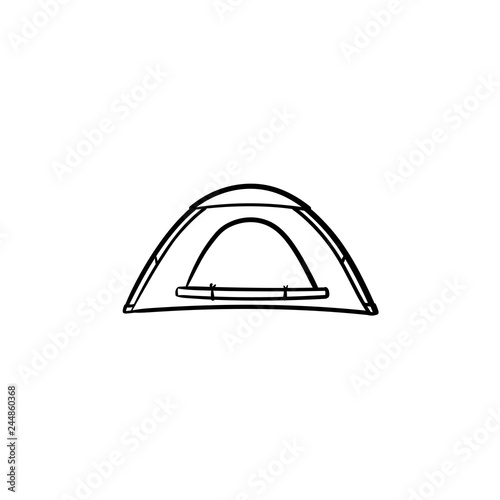The Ultimate Guide To Selling Camping Tents Online
The Ultimate Guide To Selling Camping Tents Online
Blog Article
Taking Pictures of the Night Sky
A selection of variables can impact night skies photography. From weather conditions to upcoming celestial events, you'll wish to prepare ahead to make sure success.
Why does a canvas tent leak when you touch it?
The shutter rate you choose figures out whether stars look like precise pin-points or trail across the photo. An excellent guideline is to limit the exposure to 500 secs, or the matching of your lens's focal length.
Location
Among one of the most essential factors in an excellent picture is where you take it. Go for locations with very little light air pollution, and prevent locations that have intense city lights and high-rise buildings.
Likewise, look for an area that provides foreground aspects to develop compositions with. For instance, dune patterns, wind-sculpted ridges and rough outcrops can all provide interesting foreground components to help tell the tale of your evening sky photo.
It is additionally helpful to research study expensive occasions such as meteor showers and lunar eclipses to maximize possibilities for fantastic pictures. Making use of a tool such as the Digital photographer's Ephemeris can be exceptionally valuable when planning your shoots. It helps you to identify moon stages, Galaxy position and other huge occasions. Additionally, take into consideration shooting in RAW format rather than JPEG as this provides you a lot more adaptability when refining the images. This is especially true if you intend to print your pictures.
Electronic camera Setups
Obtaining the right camera settings is necessary for any photograph, but especially so for night sky pictures. A wide-angle lens is best for catching even more of the Galaxy and minimizing celebrity routes, along with a much longer shutter rate to stop the motion of celebrities and disclose their details.
For a maximum level of clarity, shoot in RAW layout instead of JPEG, which enables you to maintain even more information and gives adaptability throughout post-processing. This can additionally include in submit dimension, so see to it you have a lot of storage room and added flash memory card accessible.
Establish your emphasis to hands-on concentrating by flipping the AF/MF turn live in tent on your lens into MF mode. You may need to take a few test shots and examine the picture playback on your video camera's LCD display until you achieve ideal, determine hand-operated focus. It's a great idea to do this during the day with your selected lens and the location you will be contending evening, to validate the precision of your emphasis setup.
Illumination
A good night sky photo requires the right problems. This consists of a dark skies, yet additionally a fascinating foreground element such as a mountain coming up, a lake to show the stars, or a human element like a barn or shed. You can even use a headlamp to light up the foreground and include some dramatization or deepness to your picture.
The most vital electronic camera setups for night sky digital photography are the aperture and shutter rate. The larger the aperture, the more light that gets to the sensing unit. This allows you to capture intense stars in a relatively brief amount of time.
The shutter speed establishes whether your celebrities will be pin-point ideal or if they will look like star routes because of the Earth's turning. Make sure to take multiple lengthy direct exposure shots and stack them in post-processing for the very best results. Lastly, shoot in RAW setting to give on your own maximum latitude in post-processing.
Composition
The trick to stunning celebrity shots isn't a premium telescope, a new wide-angle lens or a state-of-the-art Canon or Nikon video camera. It's technique, preparation and composition.
For beginners, search your shoot location ahead of time to obtain a feel for the design and potential structures. Consider including foreground elements such as rocks, a lake or alpenglow on the landscape to include character and interest to your images.
Keep in mind the Rule of Thirds when composing your pictures. This simple concept helps equilibrium and combine photos. It's likewise valuable for focusing on sights in your picture, such as rock attributes or the Milky Way. Additionally, remember to intend your shoots around moon phases-- capturing at a full moon can overpower stars and produce a silhouetted form, while shooting on evenings with a new moon can help you see constellations a lot more plainly.
How much is a 1 person tent?
